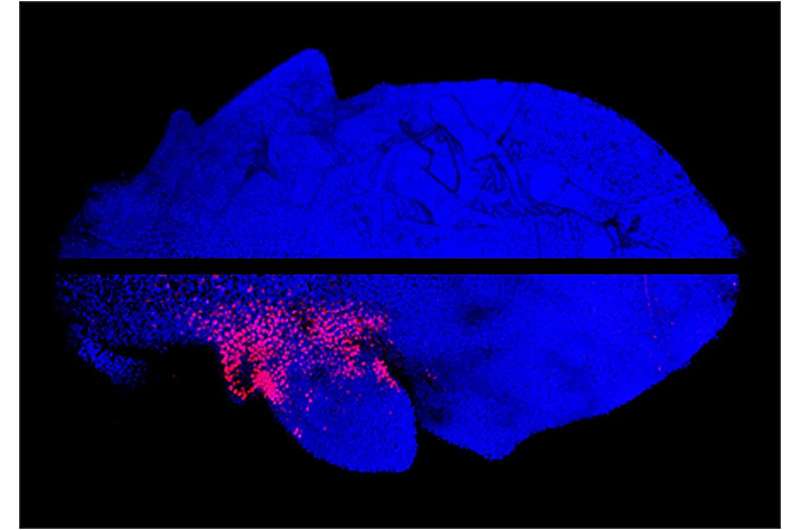This article has been reviewed according to Science X's editorial process and policies. Editors have highlighted the following attributes while ensuring the content's credibility:
fact-checked
peer-reviewed publication
trusted source
proofread
Genetic switch in plants can turn simple spoon-shaped leaves into complex leaves with leaflets

The diversity of forms of living organisms is enormous. But how the individual cells together coordinate the formation of organs and tissues in complex organisms is still an open question.
Researchers at the Max Planck Institute for Plant Breeding Research in Cologne, Germany, have discovered a genetic mechanism that changes the direction of growth of plant cells during leaf development and thus determines the shape of a leaf.
Miltos Tsiantis and his group from the Max Planck Institute for Plant Breeding Research want to find out how biological forms develop and the basis for their diversity. The researchers are using thale cress (Arabidopsis thaliana), as the genome and development of this small garden weed have been studied intensively for many years.
By comparing it with its close relative, the hairy bittercress (Cardamine hirsuta), which has leaves formed of individual leaflets rather than the simple spoon-shaped leaves of Arabidopsis, the researchers want to find out how different leaf shapes develop.
The findings are published in the Proceedings of the National Academy of Sciences.
Leaf growth is controlled by the hormone auxin: Leaves, leaflets or flowers develop in areas with a high auxin concentration. Where the hormone accumulates is determined by the activity of the PIN1 protein, which transports auxin out of the cells. The PIN1 transporters are not evenly distributed over the surface of a cell, but can be concentrated on the upper or lower side, for example. This asymmetry is decisive for where auxin acts.
PIN1 distribution can also be altered to create an on/off growth pattern, for example in the arrangement of leaves along a stem. This ability of PIN1 and auxin to organize plant growth has been known for some time.
"However, we know very little about how different distributions of the PIN1 transporter are controlled, and how different growth patterns are triggered in cells, which then ultimately determine the shape of a leaf," explains Tsiantis.
The researchers used state-of-the-art microscopes to visualize individual cells in plants and created time-lapse images of leaf development that allow them to measure the growth of every cell on the leaf surface. By using fluorescent proteins to tag the products of the genes they are interested in, they can also observe which genes are active, when and where in the cells.
Working together with Adam Runions from the University of Calgary, the researchers then use this biological data to generate computer models that allow them to simulate the genetic interactions that ultimately control growth patterns in leaves.
Genetic switch controls where auxin will accumulate
During their investigations of their two model plants, the team discovered a genetic switch involving a gene called CUC1. When activated, this switch can influence where in a cell the transporter PIN1, and subsequently the growth hormone auxin, will accumulate.
CUC1 is not active in the simple leaves of Arabidopsis. In hairy bittercress, however, CUC1 leads to the formation of leaflets. "We found that this CUC1-dependent switch instructs cell growth to take place in a specific pattern, which in the hairy bittercress allows its complex leaf shape to develop," explain researchers Ziliang Hu and David Wilson-Sánchez, the lead authors of the study. "When we activate CUC1 in Arabidopsis thaliana, it also forms more complex leaves."
Their experiments not only help explain the different leaves of the two plant species studied, they also demonstrate how a genetic switch can affect the polarity and growth of individual cells in a coordinated manner, and thus lead to the formation of complex shapes.
"With this work, we now have a much clearer picture of the fundamental mechanisms that operate in cells to generate the forms of plants and their diversity," says Tsiantis.
More information: Zi-Liang Hu et al, A CUC1/auxin genetic module links cell polarity to patterned tissue growth and leaf shape diversity in crucifer plants, Proceedings of the National Academy of Sciences (2024). DOI: 10.1073/pnas.2321877121
Journal information: Proceedings of the National Academy of Sciences
Provided by Max Planck Society





















